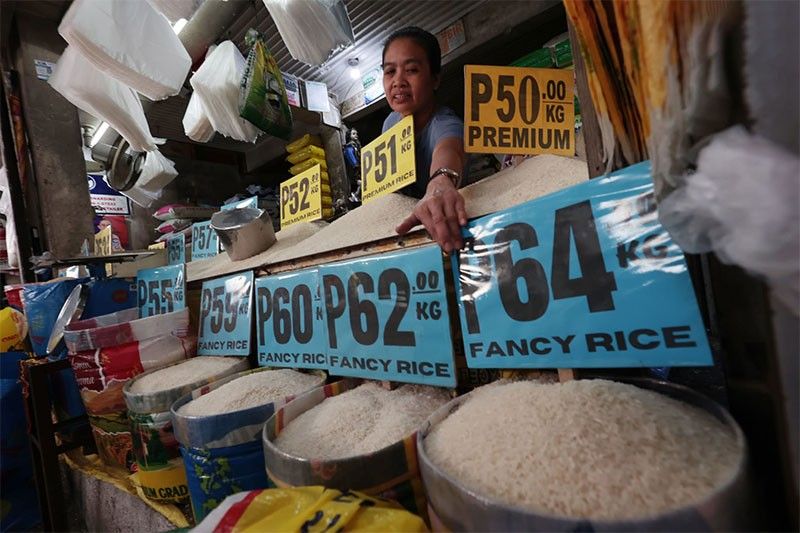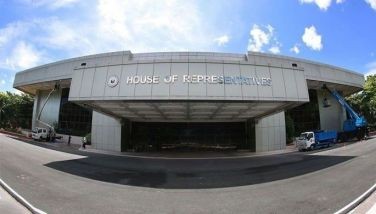Rice import volume hits 4.8 million MT in 2024

MANILA, Philippines — The government revised upward the country’s total rice import volume last year to nearly 4.8 million metric tons (MT) after the Bureau of Plant Industry (BPI) validated the rice shipment figures.
Latest BPI data showed that total rice imports in 2024 reached a record-high of 4.78 million MT, about two percent higher than its initial figure of 4.684 million MT.
The BPI revised its rice import figures for November and December after it validated its initial record. With the revision, the BPI tallied 454,802 MT of rice import arrival in December, about 95,398 MT higher than its earlier record for the month.
The BPI also revised upward its rice import record for November to 457,515.508 MT from the previous 456,975.508 MT.
Agriculture Assistant Secretary and spokesman Arnel de Mesa attributed the revision to additional rice import shipments recorded by the BPI, especially during the last few days of December.
Based on the BPI figures, only 51 percent of the 9.372 million MT expected rice import volume arrived in the country.
Eligible rice importers and traders secured 9,795 sanitary and phytosanitary import clearances (SPSICs) last year of which 66.13 percent or about 6,477 were used.
Under present rules, an issued or approved SPSICs must be used within 60 days from the date of its issuance or approval.
Government officials earlier attributed the increase in rice imports to the need to boost domestic supply amid the extreme weather conditions faced by farms in the first half of last year.
The lowering of rice tariffs to 15 percent from 35 percent, as ordered by President Marcos through Executive Order 62, also contributed to the increase in import volume as it encouraged private entities to purchase more abroad.
The economic measure was meant to temper and prevent further spikes in retail rice prices that have been identified as one of the culprits behind faster inflation in the country last year.
The country’s annual average inflation last year slowed down to 3.2 percent from six percent in 2023 due to lower increases in food and non-alcoholic beverages, according to the Philippine Statistics Authority (PSA).
Rice inflation alone has been on a downward trend since it peaked at 24.4 percent in March last year.
The country’s rice inflation in December 2024 settled at 0.8 percent, the slowest rate in three years, based on PSA data.
However, the average annual rice inflation last year was estimated at 15.8 percent, faster than the 8.1 percent recorded in 2023.
- Latest
- Trending































